We all face stressful situations throughout our lives, sometimes from minor annoyances like traffic jams or bad coffee to more serious worries, such as a quarrel with a loved one or health Issues. And even our work sometimes is not an exception. We at Sweetcode Lab care about the health of our team, so we give the opportunity to visit a corporate psychologist if required.
While it may be common knowledge that such things often cause stress, the ways to relieve that stress is, unfortunately, less well known.
So, let’s understand stress and anxiety and discover a few great ways to feel better.
What Is Stress?
Stress is a feeling of emotional or physical tension. It is how we react when we feel under pressure or threatened. It usually happens when we are in a situation that we don’t feel we can manage or control.
Sometimes, a small amount of stress can help us complete tasks and feel more energized. But stress can become a problem when it lasts for a long time or is very intense.
Relaxation techniques can help your body and mind relax and lower your blood pressure and heart rate. There are several exercises you can try. See which ones work best for you and keep reading to find out all the details.
1. Box Breathing
Box breathing is a simple but powerful relaxation technique that can clear and calm your mind, improving your focus. It works by distracting your mind as you count to four, calming your nervous system, and decreasing stress in your body.
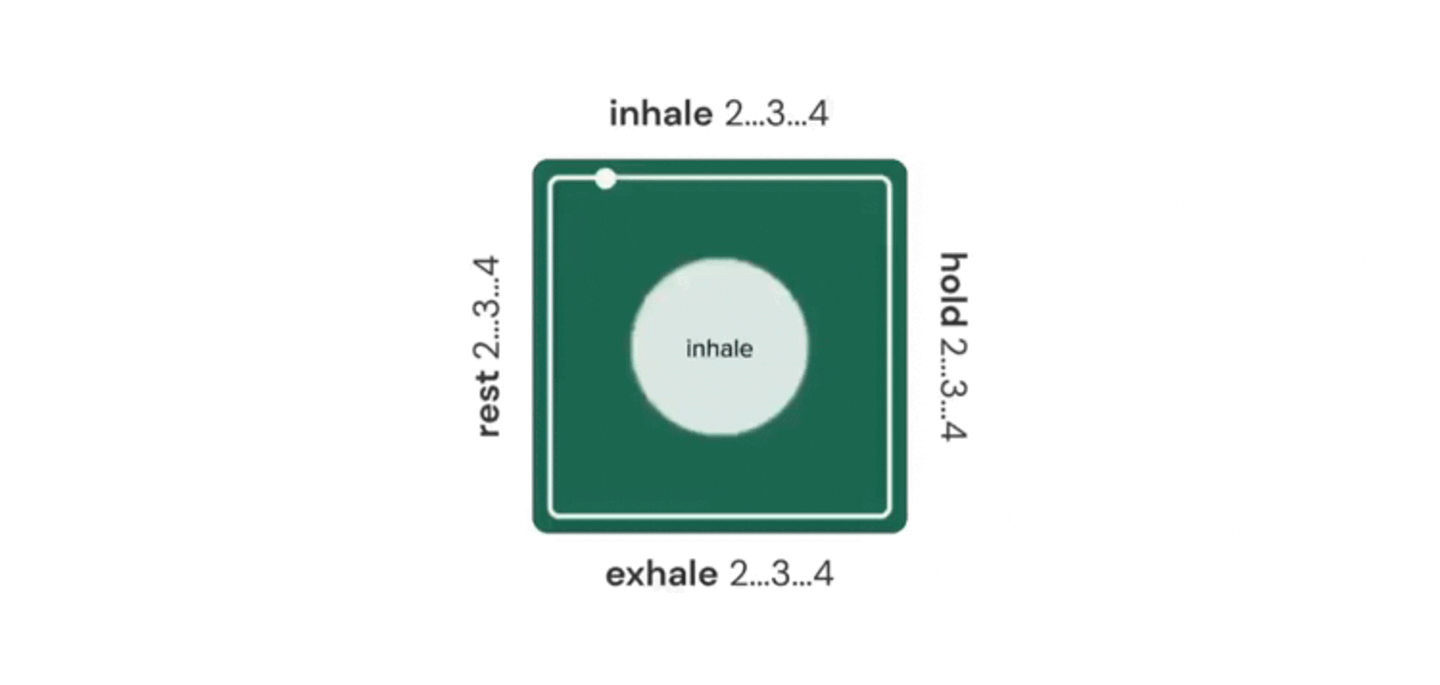
How to do Box Breathing:
Box breathing is easy and quick to learn. Anyone can practice this technique, and it’s helpful in stressful situations when you want to re-center yourself or improve concentration.
Four steps to master box breathing:
Step 1: Breathe in, counting to four slowly. Feel the air enter your lungs.
Step 2: Hold your breath for 4 seconds. Try to avoid inhaling or exhaling for 4 seconds.
Step 3: Slowly exhale through your mouth for 4 seconds.
Step 4: Repeat steps 1 to 3 until you feel re-centered.
2. 5-4-3-2-1 Grounding Technique
This exercise aims to use the five senses to focus on the moment and avoid anxious thoughts that can get in the way of your progress.
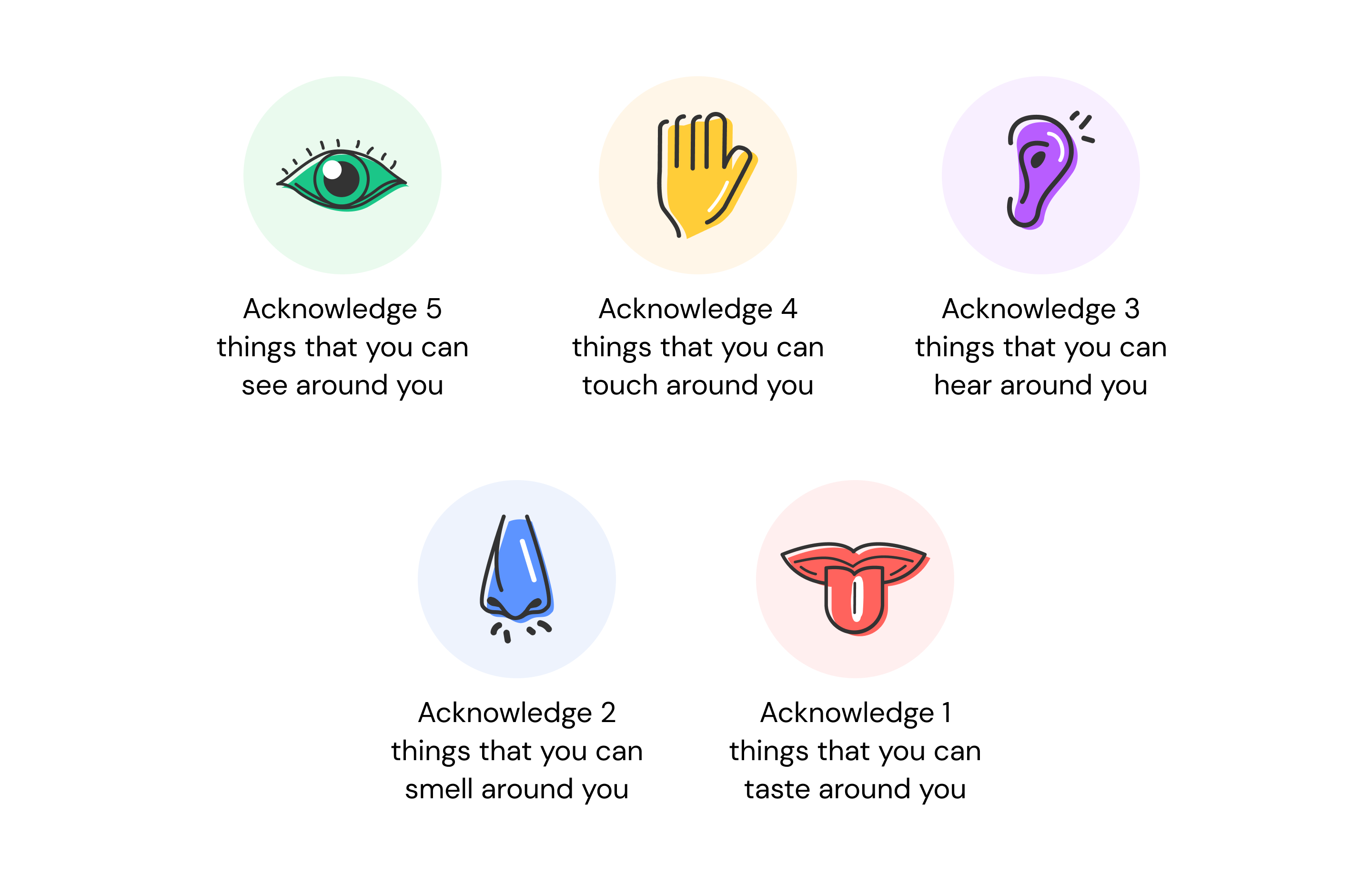
How to do it:
Take a deep belly breath to begin.
5 – LOOK: Look around for 5 things you can see and say aloud. For example, you could say, I see my cat. I see the sofa.
4 – FEEL: Pay attention to your body, think of 4 things you can feel, and say them aloud. You can start with your hair, hands, elbows, and other parts of body parts, desks, phones, and keyboards also help.
3 – LISTEN: Listen for 3 sounds. It could be the sound of traffic outside, typing, or the sound of your tummy rumbling. Say the three things out loud.
2 – SMELL: Say two things you can smell. The outdoors has plenty of options for smells, and the soap in bathrooms also helps. Your furniture can provide pleasant aromas for this step when you’re home.
1 – TASTE: Say one thing you can taste. It may be coffee, tea, other drinks, or even toothpaste. If you can’t taste anything, say your favorite something to taste.
End this exercise with a long, deep breath.
3. Grounding Exercise by Alexander Lowen
Lowen’s bioenergy exercise revitalizes your body, helping to release repressed emotions and feelings and resolve internal conflicts.
How to do the exercise:
1. Stand with feet hip-width apart, toes slightly turned in.
2. Bend forward and touch the floor with the fingers of both hands.
The knees should be slightly bent. No weight should be on the hands. All the bodyweight is in the feet. Let the head drop as much as possible.
3. Straighten the knees slowly until the hamstring muscles at the back of the legs are stretched. However, the knees should not be fully straightened or locked.
Breathe through your mouth easily and deeply. Try build up to holding the position for between 2– 5 mins.
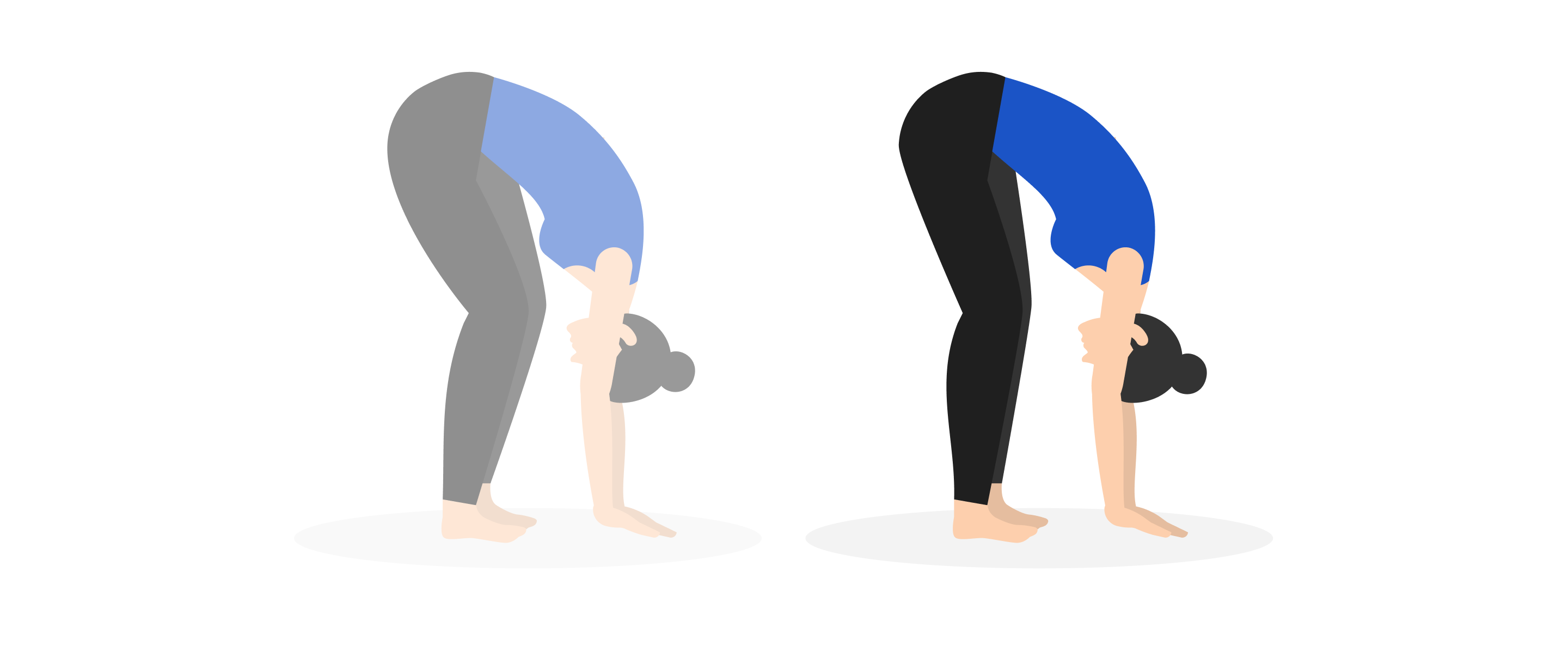
4. Jacobson’s Relaxation Technique
Jacobson’s relaxation technique is an effective way of releasing tension in your body and mind. Founded on scientific principles, it’s about tensing and then relaxing specific body areas.
How to do progressive muscle relaxation:
Start by lying or sitting down. Relax your entire body. Take five deep, slow breaths.
The key with this technique is to tense each muscle group and hold for 5 seconds. Then, you exhale as you let your muscles fully relax for 10 to 20 seconds before moving on to the next muscle group.
For example, lift your toes upward. Hold, then let go. Pull your toes downward. Hold, then let go. Clench your hands. Pause, then let go. Raise your shoulders to your ears. Pause, then let go.
In this way, tense and relax each muscle group.
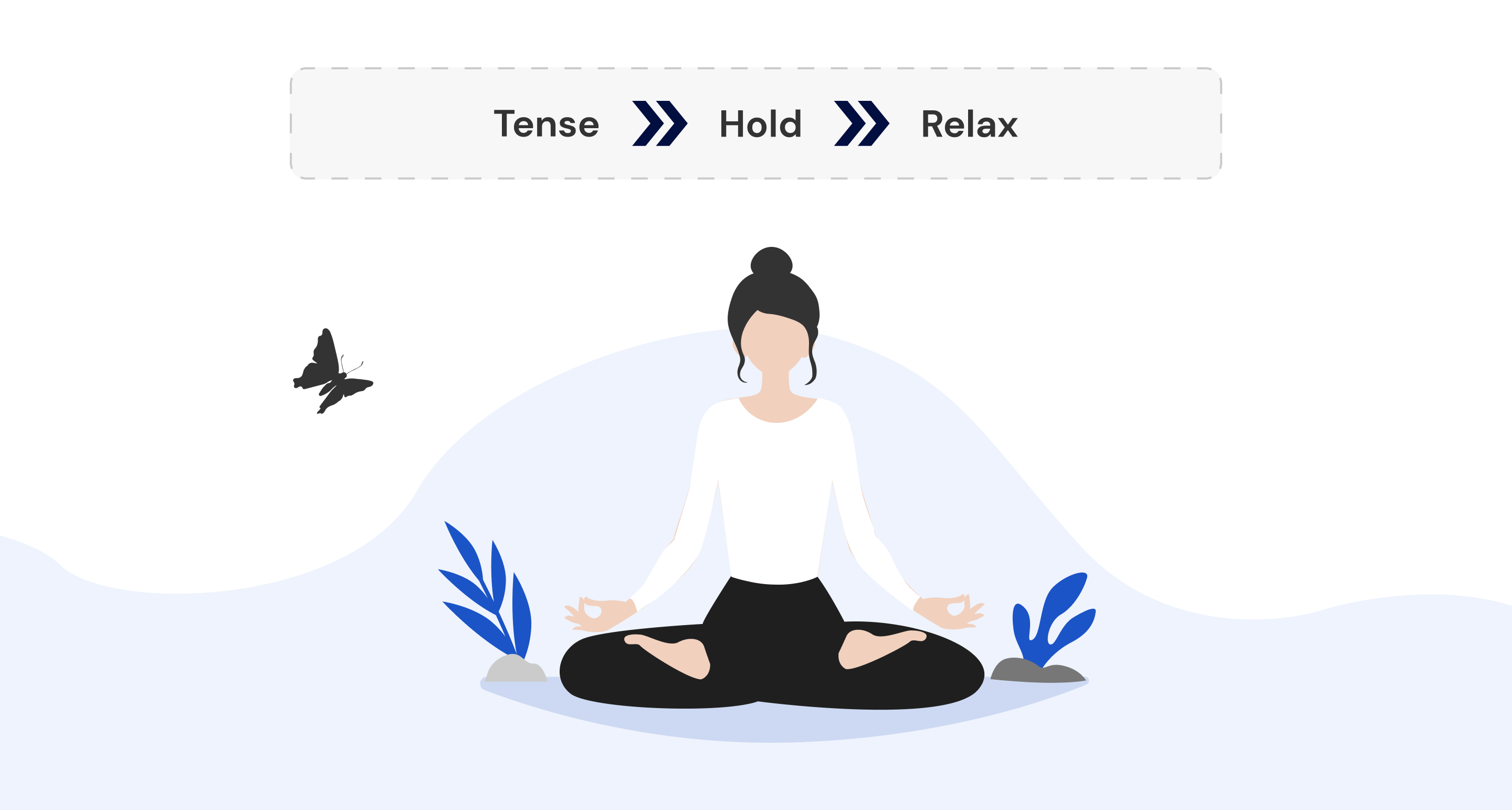
Try technique several to see which one works best for you. Practice for at least 10 minutes a day, although even a few minutes can help.
If talking about anxiety is our body’s natural response to stress. It is normal to feel anxiety before the project’s launch or when deadlines are on fire. But if the anxiety gets in the way of your focus or tasks, some quick natural remedies could help you take control of the situation.
It is impossible not to feel anxiety at all, but remember, if anxiety is a regular part of your life, it’s essential to find treatment strategies to help you keep it in check. It might be a combination of things, like talk therapy and meditation. Please don’t be afraid to seek professional help in such a situation.
So how to cope with anxiety:
The first thing you should do is make sure that your health is okay. Pay attention to your endocrine and neurological systems.
The most commonplace things help to keep anxiety under control:
– Keep physically active
Exercise is a powerful stress reducer. It can improve your mood and help you stay healthy. You can do any exercise you like or start to walk more.
– Avoid or reduce alcohol, drugs, and coffee
These substances can cause or worsen anxiety. If you can’t quit on your own, see your health care provider or find a support group to help you.
– Use stress management and relaxation techniques.
We start our article with 4 relaxation techniques, so just try them.
– Make sleep a priority and relax more
Sleep and relaxation are essential. So do your favorite hobbies: reading, lo-fi playlists, favorite TV series, whatever you love. If you aren’t sleeping well, talk with your health care provider.
– Talk to your health care provider
Find out what might be causing your specific condition and what treatments might be best for you. Involve your family and friends, and ask for their support.
– Identify triggers
Learn what situations or actions cause you to stress or increase your anxiety. Practice the strategies you developed with your mental health provider, so you’re ready to deal with anxious feelings in these situations.
Your unique micro-strategies can also help you cope with anxiety and stress: listening to music or hanging out with friends. We outline more than 15 easy ways to build your inner self-support on our Instagram. Unfortunately, we tend to underestimate the influence of small factors on us. So, we can ignore easy ways to feel better without even trying.
Believe, all these ways sometimes work much better than we expect.
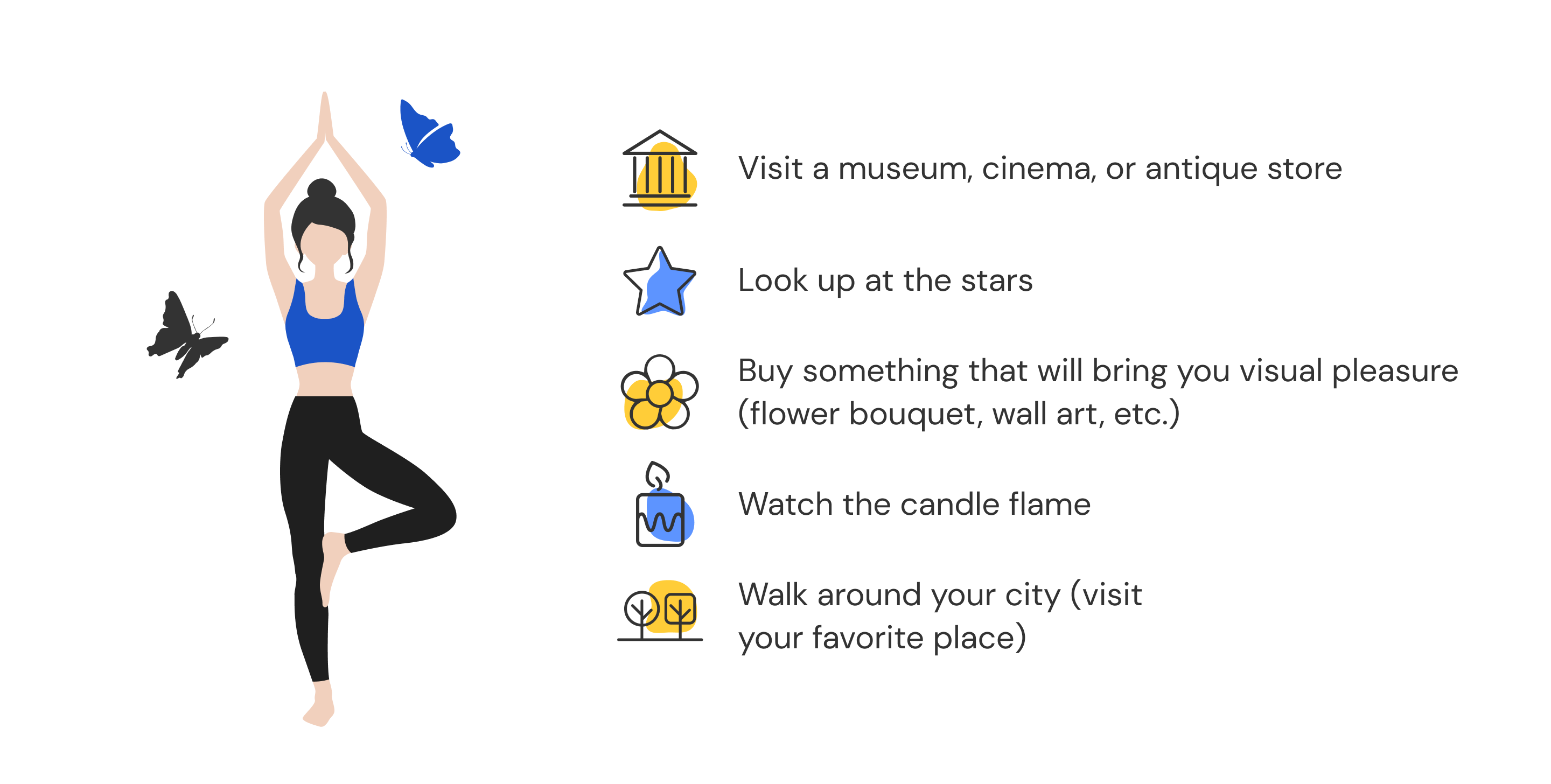
If you notice that quick tips haven’t been working, you may consider seeing a professional for help. The more tools and methods you have, the easier it is to choose the right one just for you. It is where therapy helps. Together with a psychologist, you look for and work out new ways that work just for you.
Remember that anxiety may always be a part of your life, but it shouldn’t overtake your day-to-day. But even the most extreme anxiety disorders can be treated.